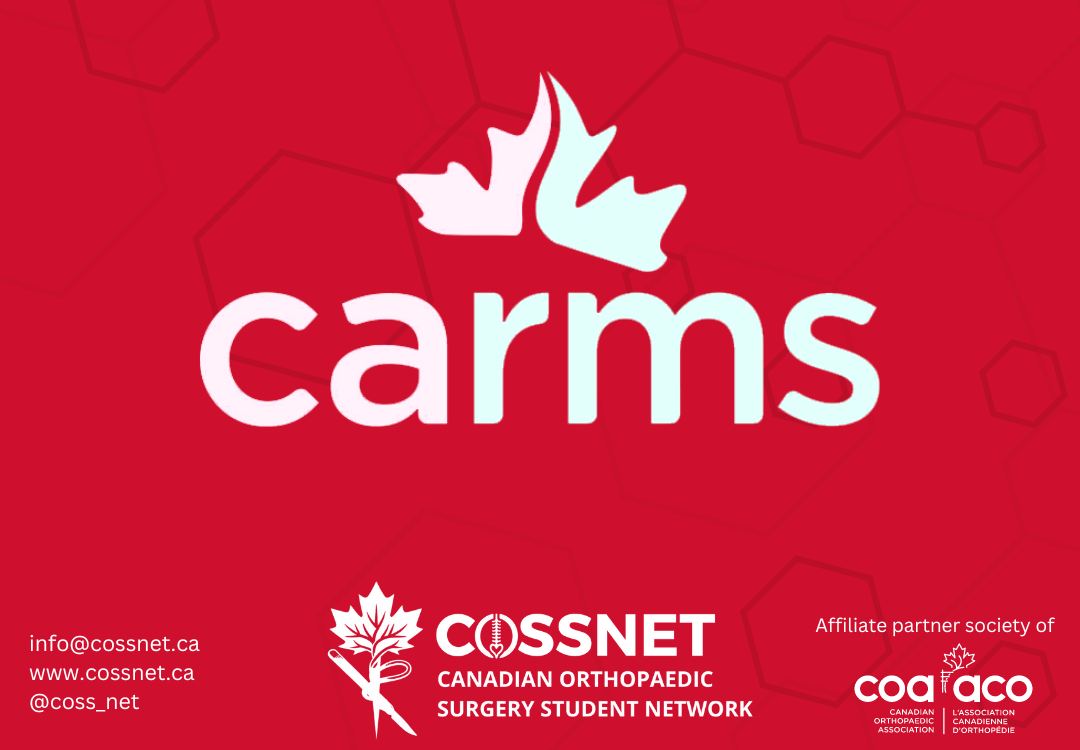Canada's student community for aspiring orthopaedic surgeons.
Made for students, by students.
News
Mission & Vision
Our mission is to provide a nurturing environment that fosters research, advocacy, education, and networking opportunities for students aspiring to pursue a career in Orthopaedic Surgery. We are dedicated to supporting and empowering students with a keen interest in Orthopaedic Surgery. By cultivating a collaborative community, we aim to equip students with the knowledge and skills needed to excel in orthopaedics and positively impact the future of musculoskeletal health.
We
envision a network that encourages curiosity, innovation, and camaraderie among students, promoting research, impactful advocacy, and comprehensive educational initiatives. Through effective networking and mentorship, our vision is to inspire and shape the next generation of orthopaedic surgeons, empowering them to make significant contributions to the advancement of orthopaedic knowledge and patient care.






